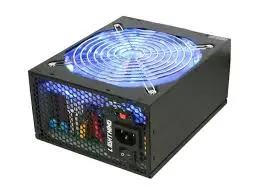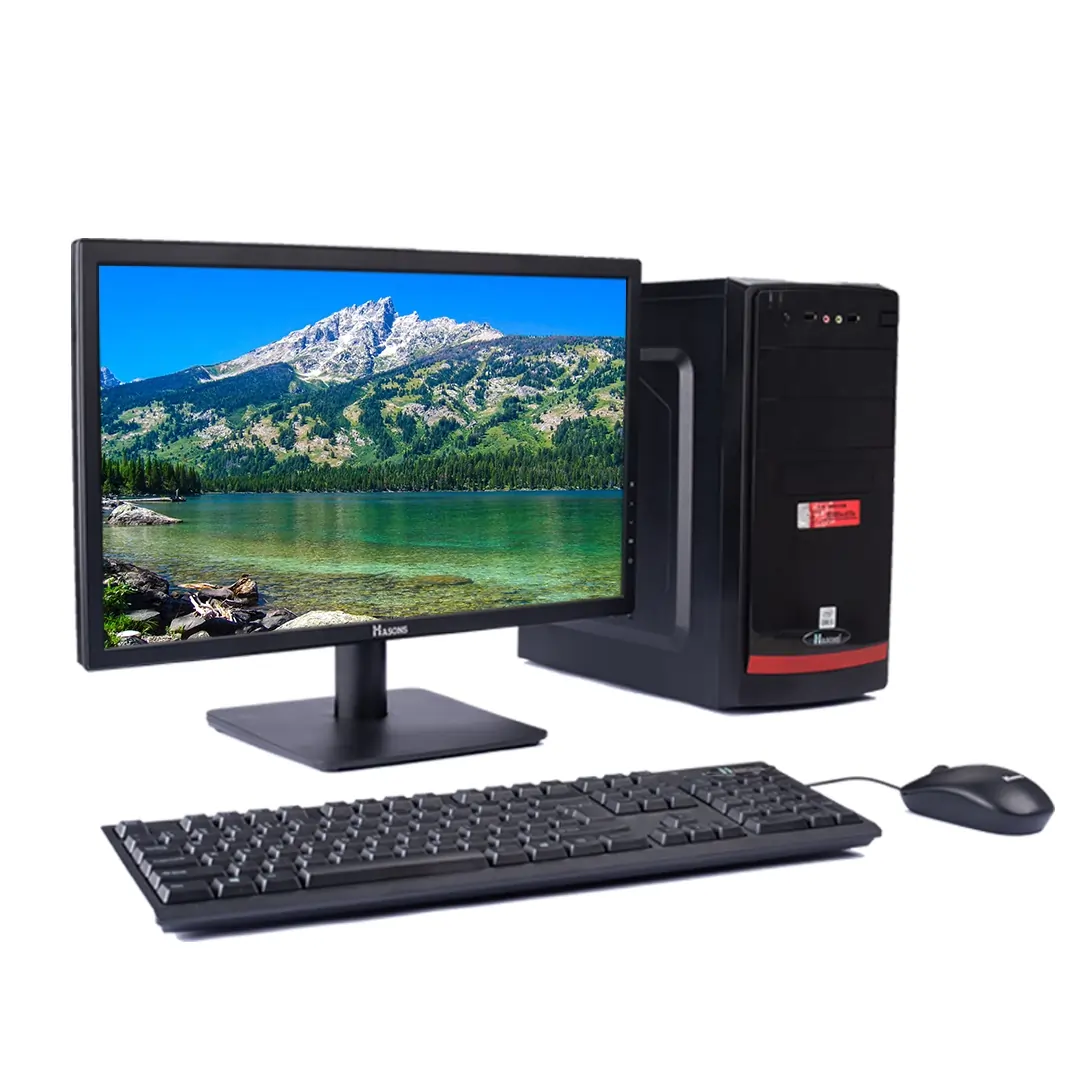Full Form of PSU: Power Supply Unit
Have you ever looked at the back of your computer and wondered what that big box is? Or opened up your PC case and seen a bunch of cables running from it? That, my friend, is the PSU – short for Power Supply Unit. In this blog post, we’ll lift the lid on PSUs – what they are, what they do, and how they work their magic to keep your Computer up and running.
What is a PSU?
The PSU is the unsung hero of your PC. It’s a metal box, usually tucked away at the top or bottom of your computer case. Inside is a whole bunch of electrical components – capacitors, transistors, resistors, etc. – all woven together on circuit boards.

The PSU takes the alternating current (AC) from your wall outlet and transforms it into various direct current (DC) rails that power all the components in your computer. Without the PSU, none of the parts would function. It gives them the stable, steady power they need to operate properly.
Some key specs you’ll see on PSUs are:
- Wattage – e.g. 500W, 750W. This indicates how much total power it can supply.
- Efficiency rating – e.g. 80 Plus Bronze, 80 Plus Gold. This measures how efficiently it converts AC to DC.
- Modularity – whether the cables are permanently attached or can be detached. This affects cable management.
What Does a PSU Do?
The PSU has three major roles:
1. Convert AC to various DC rails
As mentioned, it transforms the 120/240V AC from your outlet into DC voltages like 12V, 5V and 3.3V that power different components. The 12V rail runs high-power parts like your graphics card and CPU. Lower voltage rails power other bits like hard drives.
2. Regulate power output
It makes sure components get steady, stable power – free from surges or dips. This regulating prevents damage to sensitive electronics.
3. Power and control PC components
The PSU delivers electricity to all parts of your PC via the snaking cables and connectors running from it. It also has control circuits that can turn the PC on or off when you press the power button on your case.
So in summary – no PSU = no power = no computing!
Now, understanding this concept is simple and entertaining for Hasons. Using the Hason website you can always stay one step ahead in your job, business, or studies by purchasing New Age Desktops and All in One Desktops, i3 Intel Core Processor Desktop starting from 15000/-. Monitors, CPUs, and Gaming Desktop are also available. Register on Hasons and order your Tech Partner Now. Get exciting offeNrs and benefits on your every purchase. Contact us so our support team can guide you in purchasing the right Tech Partner.
H610 Motherboard 12th Generation I7 Desktop 16GB RAM | 1 TB HDD, Keyboard And Mouse, 21.5 Inch Screen
shop now
How Does a PSU Actually Work?
Let’s peel back the layers and see what’s going on inside a PSU:

1. AC input from wall to capacitors
AC first flows into a bank of capacitors which filter out line noise and ensure a clean supply.
2. Switched mode power supply converts AC to DC
This high-tech component switches the AC on and off very rapidly using transistors. Passing through a transformer then converts it from AC to various DC voltages.
3. DC outputs regulated for components
The DC flows out to computer components down multiple rails. Voltage regulation circuits ensure rock-solid outputs free from fluctuations.
4. Cooling fan keeps it all from overheating
All that energy conversion generates heat, so a fan pulls in cool air to flow over heatsinks and keep temperatures in check.
So in short, the PSU is a finely-tuned power plant – taking in juice from the wall, converting and tuning it, and piping it out in specialized flavors to fuel everything in your PC.
Conclusion
The PSU is in any computer or electronics project. It’s the beating heart that pumps power to all parts of the Machine. With its vital AC/DC conversion, regulation, control and connectivity – no PSU means no computing.
Next time you build or upgrade a PC, don’t cut corners on the PSU. Invest in a quality unit from reputable brands like Corsair, EVGA or Seasonic. It will provide clean, stable power to your expensive components for years to come!
| For updates in the Full form of PSU, read other Hasons Blogs | |
| Trading Monitor | Uses of Computer in Education |

